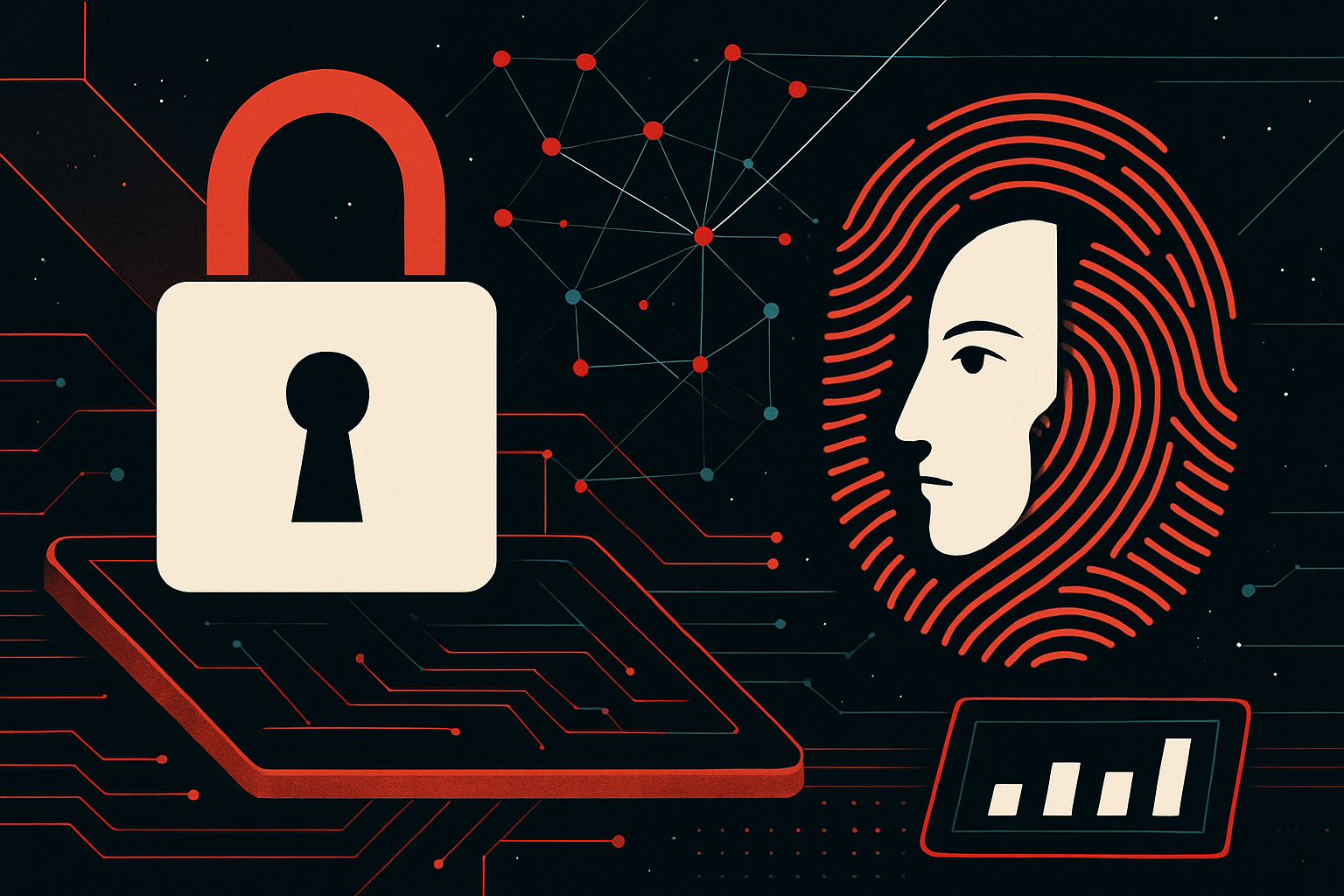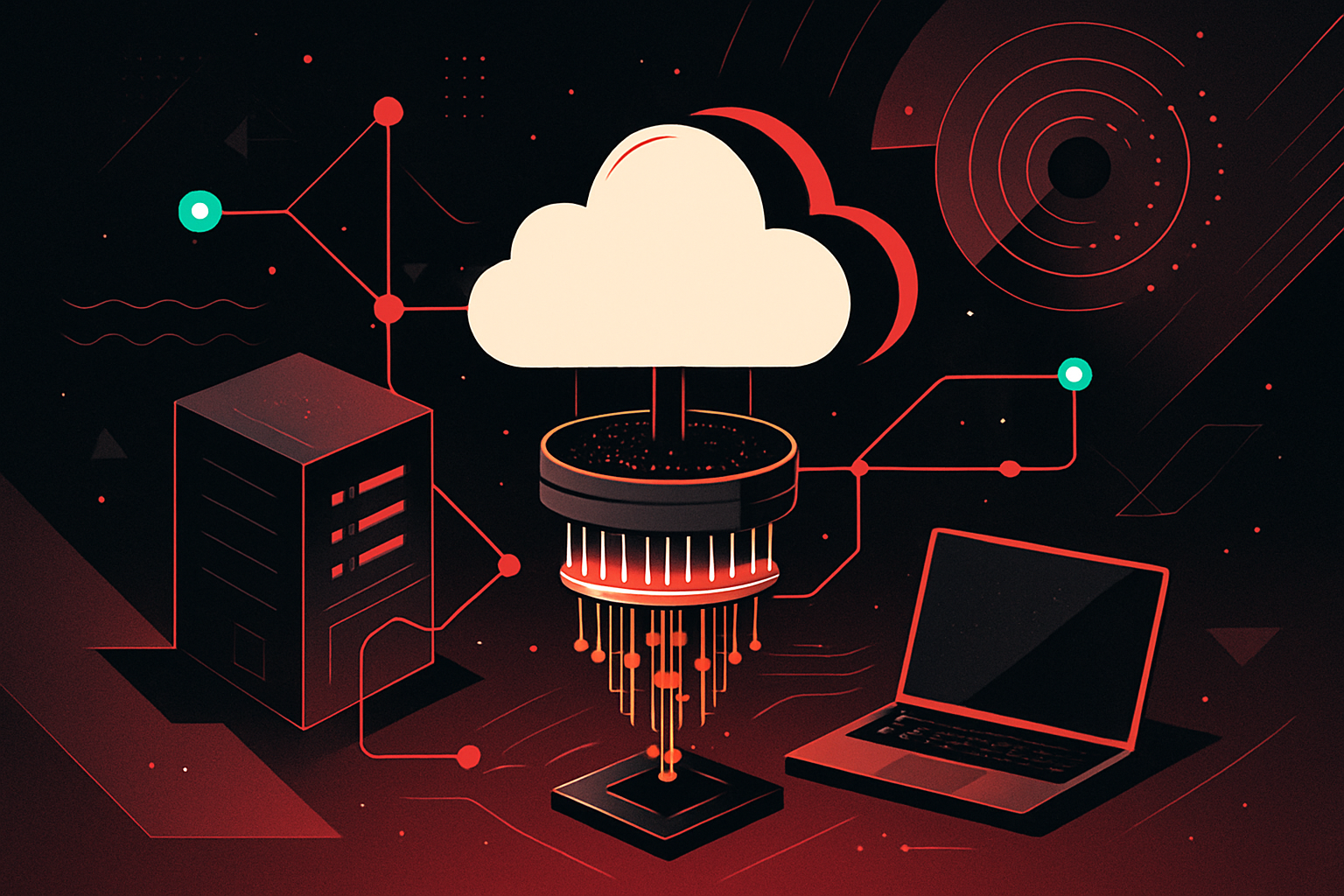The Impact of AI on Cloud Infrastructure Management

The Impact of AI on Cloud Infrastructure Management
Enhanced Monitoring and Optimization
AI-driven solutions significantly improve the monitoring and optimization of cloud infrastructure. Traditional monitoring systems often rely on predefined thresholds, but AI can dynamically adjust these thresholds based on historical data and predictive analytics.
Predictive Analytics for Resource Utilization
AI tools leverage predictive analytics to forecast resource utilization patterns, allowing for proactive resource scaling. This ensures optimal performance and cost efficiency. For example, machine learning models can predict traffic spikes and automatically adjust server capacity.
Example: Predicting CPU Utilization with AI
from sklearn.ensemble import RandomForestRegressor
import numpy as np
# Sample data: historical CPU utilization percentages
X = np.array([[5], [10], [15], [20], [25]])
y = np.array([50, 55, 60, 75, 80])
# Train a Random Forest model
model = RandomForestRegressor()
model.fit(X, y)
# Predict future CPU utilization
future_usage = np.array([[30]])
predicted_utilization = model.predict(future_usage)
print(f"Predicted CPU Utilization: {predicted_utilization[0]}%")
Automated Security Management
AI enhances the security of cloud infrastructure by automating threat detection and response. Machine learning algorithms can identify anomalies that might indicate security breaches, such as unusual login patterns.
Anomaly Detection for Security
AI systems use anomaly detection techniques to identify potential security threats in real-time. These systems learn normal behavior and flag deviations for further analysis.
Table 1: Comparison of Traditional vs. AI-based Security Approaches
| Aspect | Traditional Security | AI-based Security |
|---|---|---|
| Detection Methodology | Rule-based | Anomaly detection |
| Response Time | Manual | Automated |
| Adaptability | Low | High |
| False Positives | High | Reduced with training data |
Intelligent Automation
AI facilitates intelligent automation in cloud management tasks, reducing the need for manual intervention and minimizing errors.
Automated Workload Management
AI-powered tools can automatically manage workloads by distributing tasks across servers based on current load and performance metrics, ensuring efficient use of resources.
Example: Automating Load Balancing
def balance_load(server_loads, threshold):
for server, load in server_loads.items():
if load > threshold:
redistribute_load(server, server_loads)
def redistribute_load(overloaded_server, server_loads):
# Logic to redistribute load to other servers
pass
# Sample server loads
server_loads = {'Server1': 80, 'Server2': 40, 'Server3': 60}
balance_load(server_loads, threshold=70)
Cost Management and Optimization
AI helps in cost management by analyzing spending patterns and suggesting optimizations. AI models can recommend the most cost-effective cloud resources based on past usage and cost data.
Cost Prediction and Budgeting
AI can predict future costs based on current usage trends, helping organizations to budget accurately and avoid unexpected expenses.
Table 2: AI-driven Cost Management Features
| Feature | Description |
|---|---|
| Cost Prediction | Forecasting future spending |
| Resource Recommendations | Suggesting cost-effective resources |
| Spend Analysis | Detailed analysis of spending patterns |
Workflow Automation
AI-driven workflow automation tools streamline cloud infrastructure management by automating repetitive tasks and processes, freeing up IT teams to focus on strategic initiatives.
Automation of Routine Maintenance
Routine maintenance tasks such as software updates and patch management can be automated using AI, reducing downtime and improving system reliability.
Step-by-Step: Automating Software Updates
- Identify Update Requirements: Use AI to scan for available updates.
- Schedule Updates: Automate scheduling during low-traffic periods.
- Testing: Implement AI-driven testing to ensure updates do not disrupt services.
- Deployment: Automate deployment across the infrastructure.
- Monitoring: Use AI to monitor systems post-update for any issues.
Conclusion
The integration of AI into cloud infrastructure management offers significant advancements in efficiency, security, and cost management. By leveraging AI technologies, organizations can automate complex tasks, enhance security, and optimize resource utilization, ultimately leading to more resilient and scalable cloud environments.





0 thoughts on “The Impact of AI on Cloud Infrastructure Management”